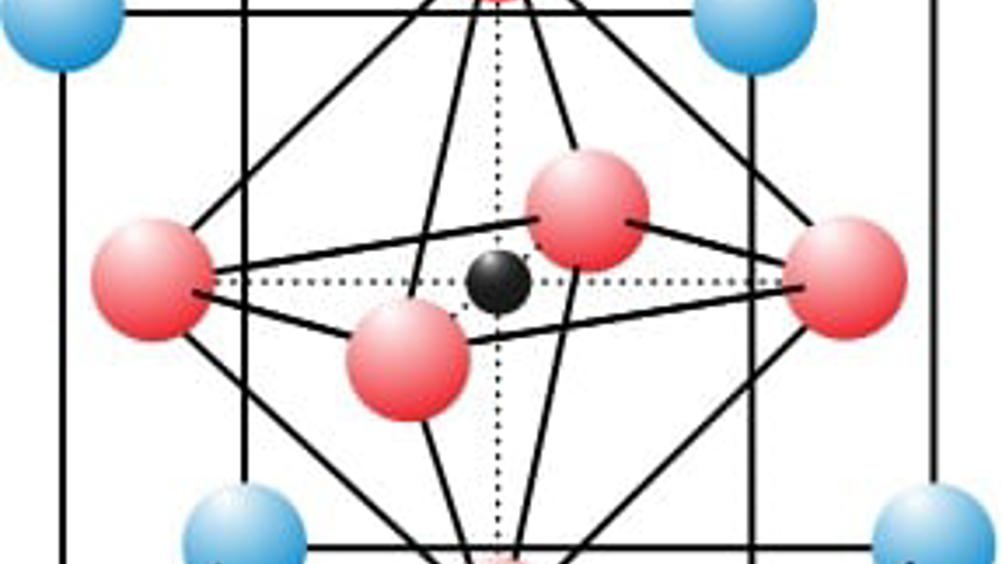Warwick team hails lead-free perovskite solar breakthrough

Perovskite solar cells - one of the most promising emerging solar energy materials - have moved a step closer to mass commercialisation thanks to the discovery that they can be made with tin.
Perovskites are the most rapidly advancing solar technology and in recent years their efficiency has improved dramatically.
Relatively cheap to produce they are lightweight and compatible with flexible substrates, so could be applied more widely than the rigid flat plate silicon solar cells that currently dominate the photovoltaics market, particularly in consumer electronics and transportation applications
However, until now, their reliance on lead - which is toxic - has been something of a barrier to commercialisations.
In a paper published in Nature Energy, a group from the University of Warwick has demonstrated that perovskites using tin in place of lead are more stable than previously thought, and so could prove to be a viable alternative to lead perovskites for solar cells.
The team has also shown how the device structure can be simplified without compromising performance, which offers the important advantage of reduced fabrication cost.
Register now to continue reading
Thanks for visiting The Engineer. You’ve now reached your monthly limit of news stories. Register for free to unlock unlimited access to all of our news coverage, as well as premium content including opinion, in-depth features and special reports.
Benefits of registering
-
In-depth insights and coverage of key emerging trends
-
Unrestricted access to special reports throughout the year
-
Daily technology news delivered straight to your inbox










Water Sector Talent Exodus Could Cripple The Sector
Well let´s do a little experiment. My last (10.4.25) half-yearly water/waste water bill from Severn Trent was £98.29. How much does not-for-profit Dŵr...